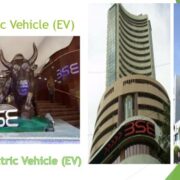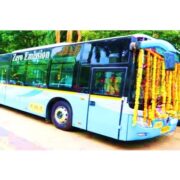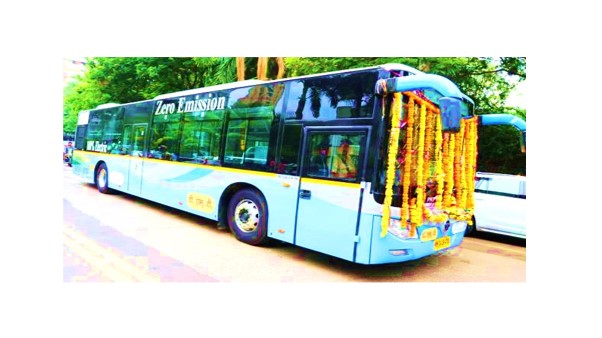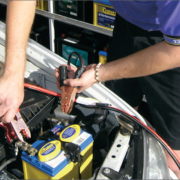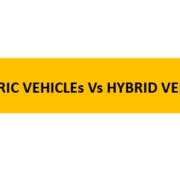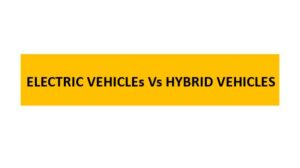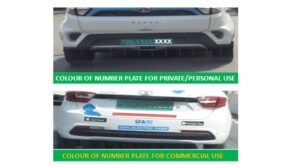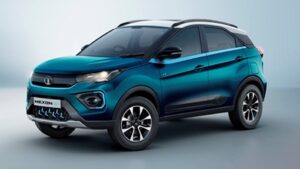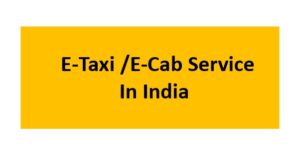electric vehicle stocks
Electric vehicle stock; electric vehicle share; electric vehicle share market
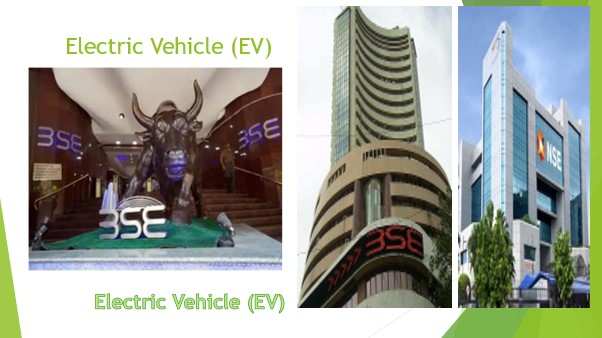
Electric Vehicle Stocks:
As the demand for electric vehicles (EVs) is increasing, the value of EV manufacturing companies is also increasing with respect to the market value or in other words share price or electric vehicle stocks. People are looking for reputed electric vehicle companies so that they could invest money & get a good return. The Govt of India has the plan to replace conventional vehicles with electric vehicles by 2030 with which the aim is 30% private cars, 70% commercial cars, 40% buses & 80% two & three vehicles. The electric vehicle is the future of the next generations because of its advantages over conventional vehicles / Internal Combustion Engine (ICE) which run on petrol, diesel, gas, etc. The main advantage of electric vehicles is zero GHG (Green House Gases) emissions (an eco-friendly vehicle).
India is a huge market for electric vehicles because its 5th largest Automotive Industry in the world. Many companies are aggressively working to manufacture electrical vehicles which are not limited to cars only but manufacturing 3 wheelers & two-wheelers also. Many international companies are planning to set up manufacturing units in India.
Investment in the EV market –
Important factors need to consider before investment –
- Watch out for industry leaders/growth – An investor much checks the company’s growth in the market & competition in the market.
- Thorough Research – An investor must do a thorough investigation of the company in which he wants to invest. Especially for EVs, It is important to do an analysis of future growth rather than the history of the company.
- Check the actual status of the company – before investing in the company, we need to check the real status of the company whether the company has been acquired by some other company or investing money in the company.
- Govt policy – One should check the govt policy about electric vehicles to ensure the supply & demand in the market.
Following are the companies which are already running electric vehicle show in India.
Rachit Chawla, Founder & CEO, of Finway FSC, said “Even while the market is volatile in 2022, the EV stocks have been booming and investments in these can help a real-time investor thrive in profits,”. He also said that with increasing demands for clean mobility and several facilitating government policies encouraging the growth of the EV sector, investing in EV stocks has certainly become hot bait.
Let’s look at the share stocks of EV companies
A) Electric vehicle stocks for Tata Motors –
Tata Motors’ share price is – Rs 536/- approx. & it was Rs 291/- 52 weeks ago.
Tata Group is a leading vehicle manufacturing company in India that manufactures Buses, trucks, cars, etc. Tata Nexon EV is the selling car in India.
(Note- These share prices are subject to change as per market conditions.)
B) Mahindra & Mahindra –
Mahindra & Mahindra’s share price is Rs 1330/- & it was Rs 670/- 52 weeks ago.
M&M’s two models are already in the market in the EV segment for passengers – Tigor Ev & Tiago Ev. Tiago EV has been launched recently. Earlier Mahindra’s two models were very popular emeritus & E2O which hit the market 4 years ago & raised hope for EVs in India. Mahindra is planning to launch 5 e-SUVs in the next 2-4 years.
(Note- These share prices are subject to change as per market conditions.)
C) Electric vehicle stocks for Ashok Leyland-
Ashok Leyland’s share price is Rs 169/- (approx.) while it was Rs 93/- 52 weeks ago.
This is a Chennai-based company & that has announced an investment of Rs 200 M in electric mobility. Ashok Leyland is also a major player in the automotive industry in India. They have recently launched a double-decker e-bus.
(Note- These share prices are subject to change as per market conditions.)
D) Electric vehicle stocks for Tata Power –
Tata Power’s share price is Rs 298/- (approx.) while it was Rs 129/- 52 weeks ago.
Tata Power is aggressively working on EV charging stations. They have provided approx. 450 charging stations. Tata Power is planning to install charging stations across India.
(Note- These share prices are subject to change as per market conditions.)
E) Exide Batteries –
Exide batteries’ share price is Rs 191/- (approx.) while it was Rs 130/- 52 weeks ago.
Exide Batteries is a leading battery manufacturing company that manufactures various types of storage batteries such as batteries for trucks, inverters, etc. Recently Excide has set up one manufacturing plant for Lithium-ion batteries which is the source of power for electric vehicles.
(Note- These share prices are subject to change as per market conditions.)
F) Reliance Industry –
Reliance Industry is a group of industries that covers oil, chemicals, gas, retail, financial service, etc. Reliance has announced the acquisition of stakes in electric vehicle technology in Altigreen Propulsion Labs Pvt ltd. Altigreen is a Bangaluru-based company that manufactures last-mile connectivity through two/three/four wheelers.
Apart from the above, one should go with the following companies also –
G) TVS motors –
TVS manufactures different types of vehicles which include scooters, motorcycles, three vehicles, etc. TVS is planning to introduce new electric two-wheelers in association with BMW Motor and which will be sold in India.
H) Indian Oil Corporation Ltd (IOCL) –
IOCL is an Indian company that includes Petroleum, petrochemical, Gas, Oil & Gas exploration windmill, and Solar Power generation. IOCL is getting into electric vehicle charging stations. At present, they have set up more than 250 charging stations & approx. 30 battery swapping stations.

